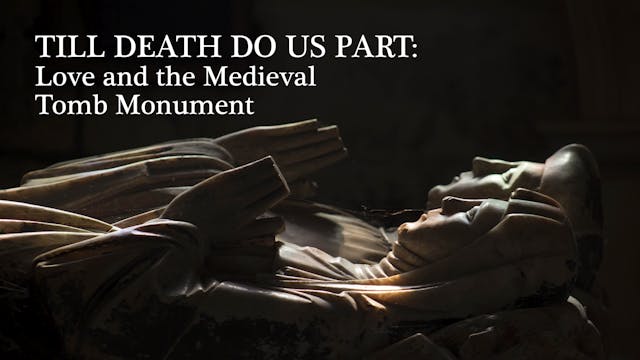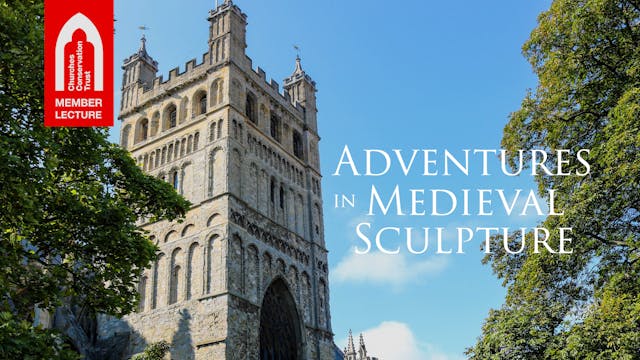In late 1348, the Black Death entered London. Over the next 9 months, it ravaged the populace killing thousands. This paper provides a detailed look at its arrival, spread and eventual disappearance, and looks at some of the archaeological and architectural evidence for its passage, its final death toll and its immediate impacts on England’s greatest city.
Currently National Specialist Services Director in charge of Historic England’s archaeologists, scientists and buildings conservators, Barney started his career as an archaeologist in London in the 1980s. His first professional excavation was on the site of the Black Death cemetery near Tower Hill creating his interest in researching this most lethal of plagues.
Up Next in The Middle Ages
-
Till Death Us Do Part: Love and the M...
Medieval tombs often depict husband and wife lying side-by-side and hand-in-hand, their love immortalised in elegantly carved stone: what Philip Larkin's poem An Arundel Tomb later described as their "stone fidelity". But there is more to these declarations of post-mortem love than meets the eye....
-
What Remains?: The Gory and Gruesome ...
In medieval Europe, relics of dead martyrs were the ultimate must-have, venerated by princes and paupers alike. And the associated market for them was big business; a huge industry with an infrastructure to match. Crumbling bone, ravaged human hair, withering chunks of flesh, and the blood-soaked...
-
Adventures in Medieval Sculpture: Unc...
What do you do after writing a PhD on the medieval grotesque? In Alex Woodcock’s case it was to learn stonemasonry. Practical knowledge of working stone gradually transformed his understanding of medieval sculpture and eventually led to him working as a stonemason at Exeter Cathedral for several ...




1 Comment